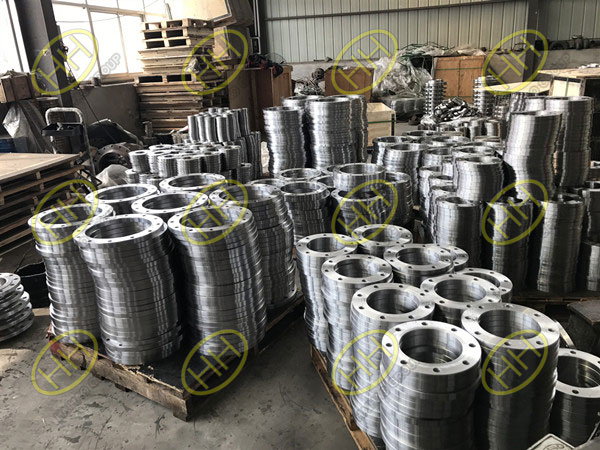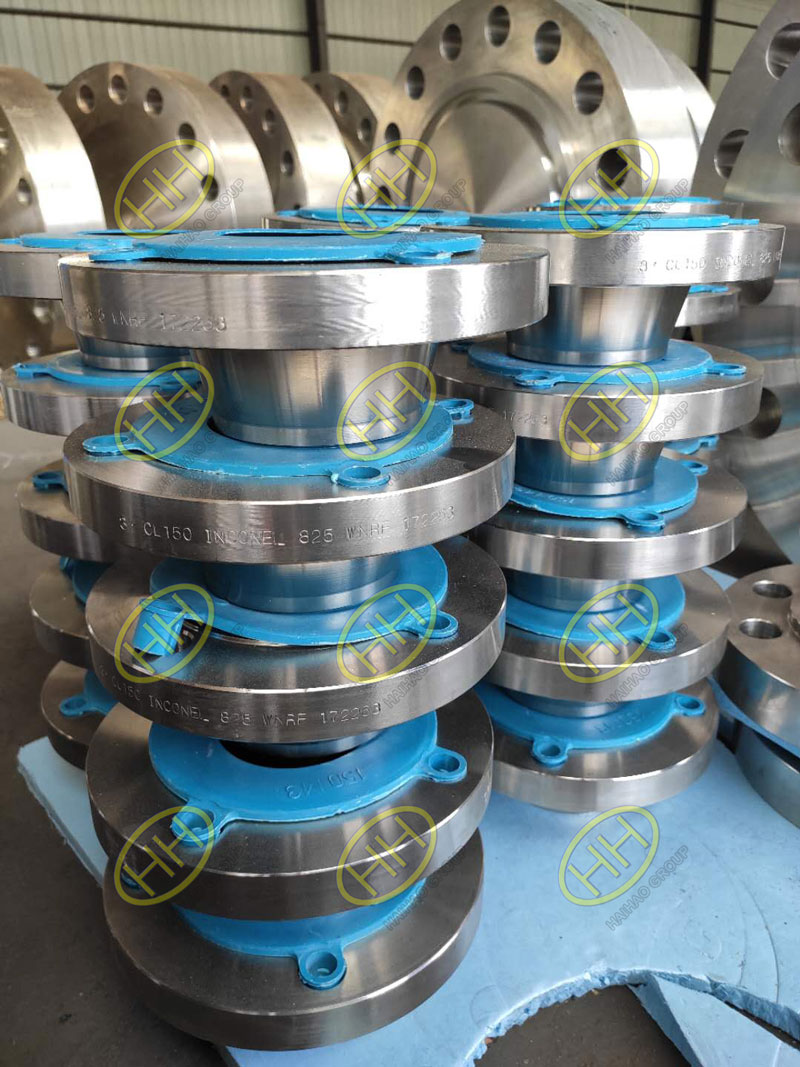Difference between FF flanges and RF flanges
Flanges are an integral part of the Piping industry, which are used to form a link between two different Pipes. Flat (FF), Raised (RF), Ring Joint (RTJ), lap joint (M&F), tongue, and groove (T&G) are the 6 styles of flange faces needed. Multi-faced flanges need different gaskets and should never be matted to avoid joint leakage.
Various types of flange faces are used to seat the sealing gasket content as the contact surfaces. The faces are panels which matt with flanges, funnels or valves. Flange faces must be smooth enough to ensure that the flanges are fastened together to maintain a stable, leak-free seal.
The flat-facing flange is used to make equipment and valves for all applications where Cast Iron is used for making. Cast Iron is brittle and is commonly used only in applications with low temperature, low pressure. The flat surface allows full contact of the two flanges across the entire face. Flat face flanges (FF) have a touch surface that is equivalent in height to the bolting thread of the flange. Full face gaskets are used between two flat side flanges, typically of the soft kind. According to ASME B31.3, as the resultant flanges joint will possibly leak, a flat face flange should never be matted with an elevated face flange.
The Raised Face Flange is the most common type used in process plant applications. It is referred to as a face raised because the surfaces of the gasket are positioned above the face of the bolting circle.
RF flange aims to focus further pressure on a smaller area of the gasket and thus improve the joint’s pressure control capacity. Diameter and height, by pressure class and diameter, are described in ASME B16.5 Flange pressure level specifies the height of the face that is lifted.



